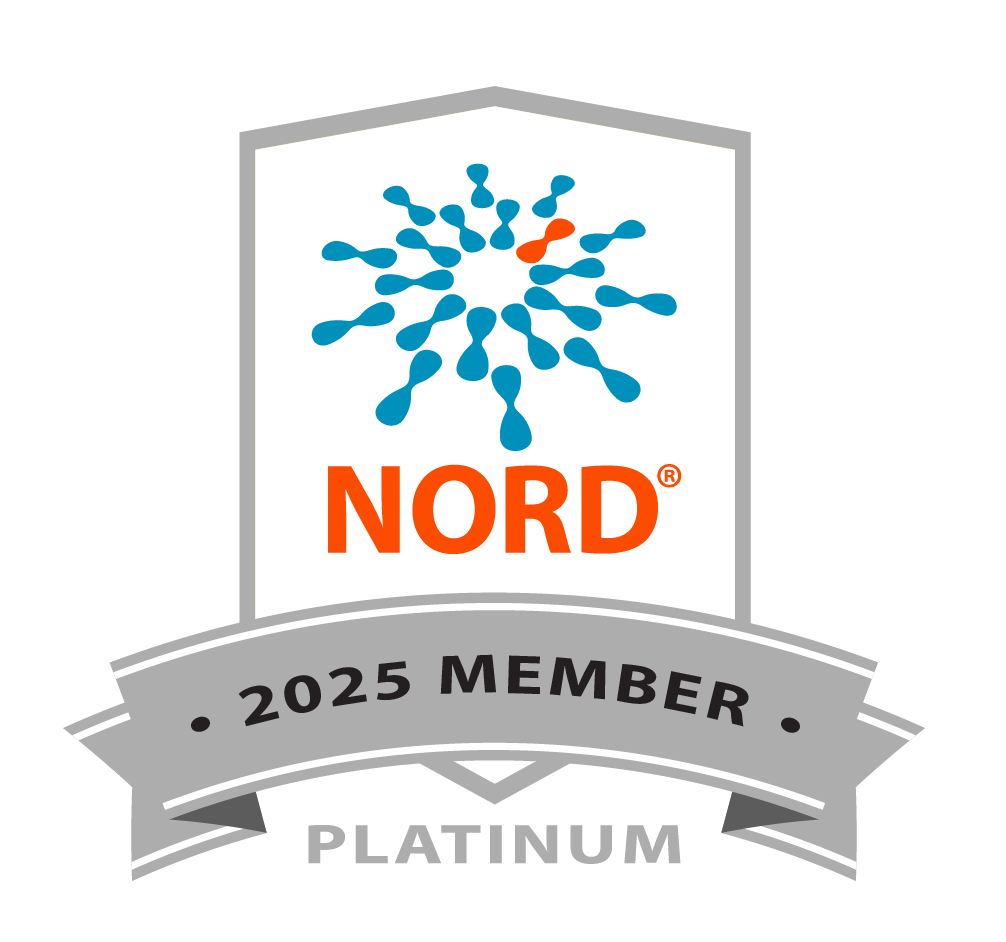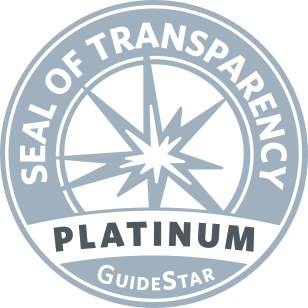15th Annual St. Louis VisionWalk
Saturday, October 2nd, 2021, 9:00 AM (-12)
Location
Creve Coeur Park, Tremayne Shelter
13725 Marine Ave
Maryland Heights, MO 63043
RSVP
Register Today9:00 a.m. – Registration
10:00 a.m. – Stage Presentation
10:30 a.m. – VisionWalk Begins





